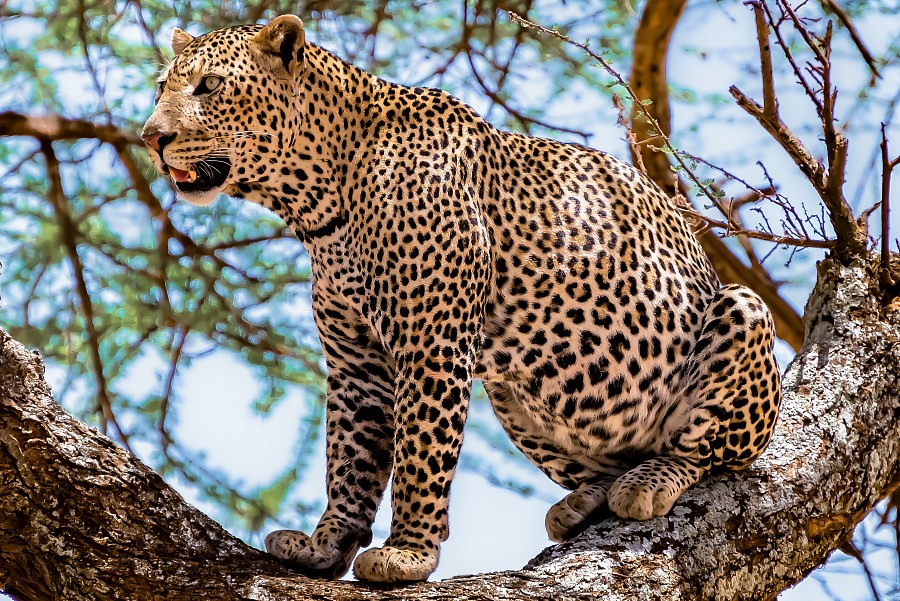January 29, 2024
An adaptation center for Far Eastern leopards born in captivity will be created in Primorsky Krai

Leopards are safe in the reserve, they have enough food supply, so in 11 years their number has grown from 35 to 125. But another difficulty arose: almost all the individuals living here are relatives, which can lead to their gradual degeneration. To avoid this, it was decided to relocate kittens from Russian zoos participating in the breeding program of the Far Eastern leopard to the reserve. And to prepare captive-born animals for release into the natural environment, a Center for Adaptation of Far Eastern leopards will be created in the reserve. The future inhabitants of the "Land of the Leopard" will be placed in aviaries and raised to an independent age, weaning them off humans and training their hunting skills, and then releasing them to freedom. The construction of the Center will begin in 2024, and now the reserve staff is choosing a suitable location.
The specialists of the Land of the Leopard already have positive experience of such work: last year, the leopard Leo 260M was prepared and released into the wild, which was found exhausted and injured at the age of 4 months.
In order for the leopard population in the Far East to continue to grow, experts have developed and launched a program for the reintroduction of Far Eastern leopards: the animals will be relocated to territories outside the "Land of the Leopard" where they once lived. The first place was the Ussuri Nature Reserve, which is under the management of the Land of the Leopard. The program was approved in January 2023, and already in May 3 new residents appeared on the territory of the Ussuriysky Reserve: a ffemale Leo 284F and a male Leo 270M from the Land of the Leopard reserve and the same Leo 260M, which we discussed above. The relocation of leopards takes place by "soft release": first they are placed in an aviary, where they feel safe, and then, gradually settling into an unfamiliar place, they go free. Observation of new residents of the reserve takes place with the help of special collars and camera traps, which show that leopards are actively exploring the territory and hunting.
The program developers plan to relocate at least 6 leopards to the Ussuri Reserve from the "Land of the Leopard" and, eventually, form a new population of 25-30 individuals.
Restoring the population of the rarest wild cats on the planet is a painstaking and responsible job. We sincerely wish all the participants good luck and watch their success!
Read more
July 31, 2024
April 12, 2024
April 5, 2024